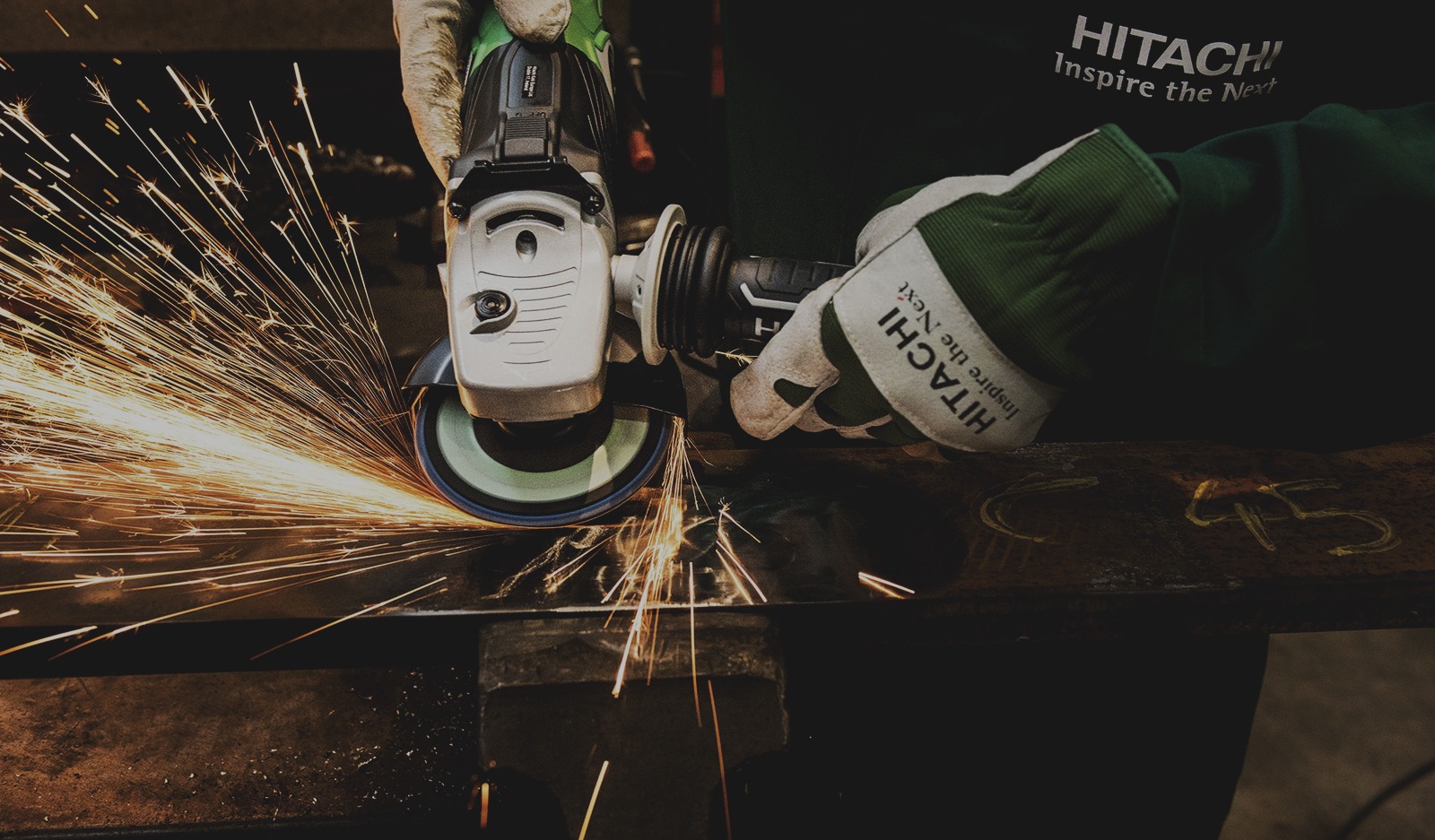Sheet metal is one of the most widely used materials in manufacturing and is formed by rolling metal into thin ‘sheets’ that are easy to process. Metal sheets are useful in metalworking as they can be cut, bent and shaped into many different forms that are essential for construction.

Sheet metal fabrication involves different steps of manipulation including cutting, forming and finishing. These processes allow sheet metal to form the main building blocks used by manufacturing industries.
Types of Sheet Metal
Sheet metal generally refers to flat stretches of metal, however, the thickness (usually referenced in mm or as a gauge) can vary greatly. On the thinner end is ‘foil’ or ‘leaf’ sheet metal and on the thicker end, or thicker than 6 mm, is plate metal. Sheet metal usually comes in long flat sheets or in coiled strips that are formed by rolling the sheet through a metal slitter.
Light sheet metal is advantageous as it can be shaped with hand tools and for this reason, it is one of the most commonly used materials in manufacturing. It’s commonly found in roofing, gutters and ductwork.
Sheet metal can be made from numerous metals, including aluminium, brass, copper, tin and steel. Gold and silver sheet metal is even used for decorative purposes. Steel and aluminium are commonly used in construction as they are resistant to rust, with galvanised steel being the choice for most projects.
What is Sheet Metal Fabrication?
Sheet metal is used in almost every manufacturing industry, from electronics and appliances all the way through to medical equipment. Needless to say, without it, things would be pretty difficult.
The process of sheet metal fabrication involves cutting, shaping and finishing, however, there are varying methods of each that will result in a different end product.
Cutting
Sheets by themselves, although very stackable and storable, are not useful for construction by themselves, so they need to be broken down into usable pieces. Some common methods used to cut sheet metal include:
Shearing, which cuts larger pieces into smalling ones using a shear method.
Electrical Discharge Machining, which uses a charged electrode to melt conductive materials.
Abrasive cutting, which uses traditional saws and grinders.
Laser cutting, which involves a computer-guided laser for ultra-precise cuts.
Forming
Cut metal needs to be shaped into the right size and shape to fit the project. There are almost infinite shapes that metal can be shaped into, so there are many methods that fabricators use to create the desired components. Here are some of the main methods used to shape metal:
Rolling, which involves curving flat shapes with a roll stand.
Stamping, which uses tools to stamp designs into the surface of the metal.
Punching, which is simply punching holes in a surface.
Welding, which joins two pieces of metal together.
Bending and forming, which usually involves material being manipulated by hand.
Finishing
A metal product must go through a finishing process to make sure that it is ready for use. Some common ways metal is finished include:
Sharpening, if a sharp edge is required.
Polishing, to remove rough edges or imperfections.
Cleaning, to make sure the metal is rinsed and has no debris, and in some cases, sanitary before its delivery.
If you’d like more information about steel manufacturing in Australia, or if you need quality steel that is fabricated to suit your unique needs, contact Steel Fabrication Services today.
Our team of expert structural steel fabricators have the experience and knowledge to answer any of your questions and will ensure that you find the best solution to suit your needs. To contact us today, simply call, fax or email for information or a steel fabrication quote, or drop by our Brookvale location.